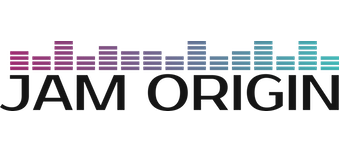First up, bravo- the pitch to midi in v3 is vastly better than v2. The MPE is also an awesome addition. All in all - an awesome achievement. I assume its done with machine learning - I would be very curious to learn about your training data, but that’s probably quite secret squirrel?
To anyone that hasn’t used MG3 with something that understands MPE - jump in fast - it is next level amazing with MPE. I particularly love it with Moog Model D and any Audio Modelling stuff.
However, I am wondering if you are ever going to produce a MIDI-only version of MIDIguitar, that focuses only on player settings, midi routings etc etc. I only really use MG2 in this way - I turn off everything that makes a sound - and I am doing the same in the MG3 testing. From where I sit, the real value of MG3 (to me at least) lies in its ability to make usable MIDI from a guitar signal. I am pretty uninterested in everything else. Anyone else feel this way? I believe that the pitch-to-midi is your main product - I would love to see you focus on just that.
And now to venture off into idle speculation. The Fishman TriplePlay software (ghastly though it is) has a “fingerstyle” setting - the latency seems to go up a bit when this setting is used - but it tracks fingerstyle playing a bit better. Rather than have the one algorithm to do everything in MG3, is it possible to have several, and for them to be loaded/unloaded as required? Different pickups even (humbucker/single coil/bridge/neck/in phase/out of phase). Maybe one for the distant future.
OK, to finish. I LOVE LOVE LOVE the pitch-to-MIDI. I think it really kills everything else now - I have already sold all my 13-pin stuff as a result of MG2, and now I am thinking of getting rid of my Fishman stuff too. Go you!
